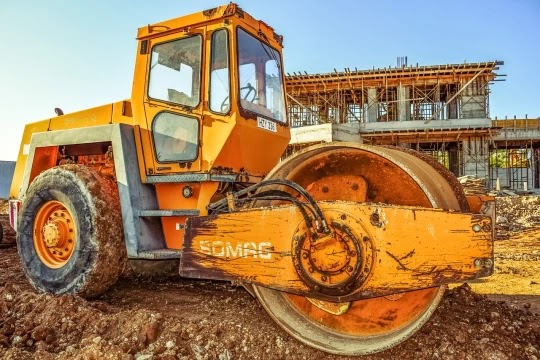Compaction of soil is necessary for various types of foundations used in civil engineering constructions. It improves the engineering properties of soil. Compaction is the process of reducing air voids in soil by means of mechanical compressions. During compaction, the air is expelled from the voids in the soil. It increases the dry density of soil, improves shear strength & hence stability and bearing capacity. The various methods of soil compaction are as follows:
- Tamper / Rammer
- Hand Operated Tamper
- Mechanical Tamper
- Roller
- Smooth Wheeled Roller
- Pneumatic Tyred Roller
- Sheep Foot Roller
- Vibrator
Compaction by Tamper / Rammer
Tampers may be of two types viz. Hand Operated Tamper & Mechanical Tamper. Tamper can be used for the compaction of any type of soil. It is typically preferred when compaction is to be done in small areas and narrow constricted zones.
Compaction by Roller
Roller may be smooth wheeled or pneumatic tyred or sheep footed. Each type of roller is preferred for a specific soil type. Smooth Wheeled Roller is generally used for compaction of a granular base of the highway. Pneumatic Tyred Roller is used for cohesive as well as cohesionless soils. The Sheep Foot Roller is used when the soil to be compacted is cohesive in nature.
Compaction by Vibrator
Vibrators are mostly suitable for the compaction of granular soils. There are also vibrator-mounted rollers available for soil compaction & are called vibratory rollers.
Hence, methods employed for soil compaction in the field solely depend upon the type of soil to be compacted, dry density required to be achieved, & economic considerations.
